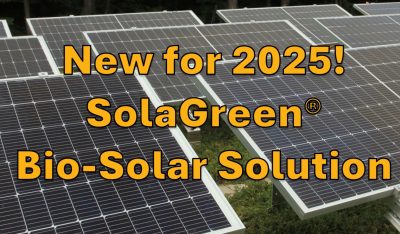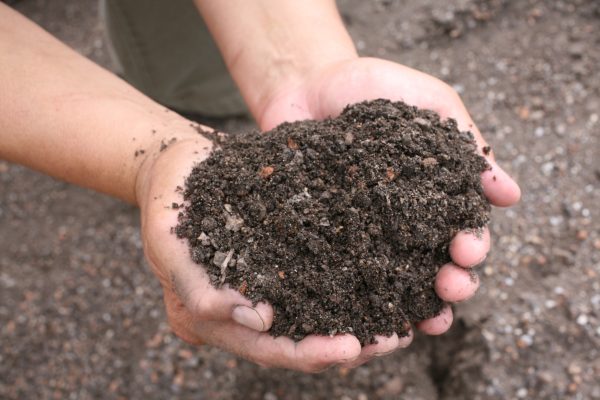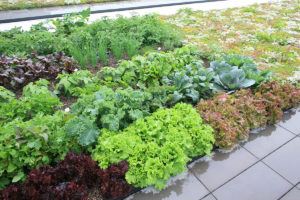Need Assistance?
Check out some of our ‘Frequently Asked Questions’ down below, and give us a call!
- Design
- Financial
- General Inquiries
- Installation
- Maintenance
- Performance
- Plants
- Product Features
- RoofBlue
- RoofEdge
- RoofStone
- Soil
- Sola Green
Filter cloth, like any filter, is designed to filter. Over time, filters may plug up—think of your car’s air and oil filters, your furnace filter, coffee filter, etc. If green roof filter plugs up, then what?
Because of the aggregate nature of engineered soil, very little escapes through the LiveRoof module’s drain holes. It’s like trying to push marbles through a funnel or a square peg through a round hold. In addition to this simple act of geometry, the roots of the plants bind the soil together and hold it in place.
LiveRoof® brand engineered green soil is composed of approximately 94% high quality inorganic aggregates (by dry weight), contains a special clay particle to bind nutrients (in most regions), contains an acid rain buffering component (where appropriate), and is formulated with disease-suppressive organic material at a level that is consistent with ecologically sustainable soil/plant communities.
Our soil is designed to last indefinitely and to not substantially shrink over time. Cheap mixes with high levels of peat and compost will decompose and wash away as humic acid.
LiveRoof soils are formulated regionally by approved blenders. These local adaptations of LiveRoof engineered soil will vary somewhat in composition based upon climate, water quality, and regionally available components.
Numerous vegetables, herbs, and select fruits (such as strawberries and melons) may be grown on intensive green roofs that receive frequent watering, have ample sunlight, and have proper soil.
Edible plants require sufficient nutrients to support their rapid growth cycle and the energy needed to bear fruit.
When growing produce on green roofs, a blend of organic soil and traditional green roof growing media yields the best results; however, the soil will need annual amendments to maintain volume and provide sufficient nutrition.
In the Lite and Standard systems, we only recommend plants which have extreme drought resistance through some means other than the root system. This means succulent, water-holding plants like Sedums, Alliums, Sempervivums, and Delospermas in the northern temperate regions, and similar species farther south.
The best LiveRoof plants will both store water and have a special type of metabolism called ‘Crassulacean Acid Metabolism’ (CAM). CAM plants are unique in that under drought conditions their stomates (leaf pores) are open at night rather than during the day, as is the case with most plants. CAM plants exchange gasses (oxygen and carbon dioxide) in the dark when it is cooler and less windy. CAM plants are up to ten times more efficient with water conservation than non-CAM plants.
In the Deep and Maxx systems, with irrigation, a broader plant palette is possible.
In all cases, consult with your local LiveRoof licensed representative for recommendations of the best plants for the climate.
Most membrane manufacturers will have special requirements for blue roof applications. In the early stages of blue roof design, is absolutely critical for engineers and specifiers to work with membrane manufacturers to select appropriate materials, thicknesses and to provide assembly instructions according to local code.
Also, confirm that the waterproofing specification complies with code. Some municipalities have specific requirements for blue roof applications. (Example: New York City stormwater construction guidelines address blue roofs).
RoofBlue is compatible with all LiveRoof module sizes. RoofBlue DETAIN will raise the green roof system by an additional 3.5”, which means that taller aluminum edge restraints are required to surround the entire blue green roof assembly.
Edging Recommendations
For General Inquiries:
1-800-875-1392
Want to contact your specific representative?
Click here to check out our interactive map!



